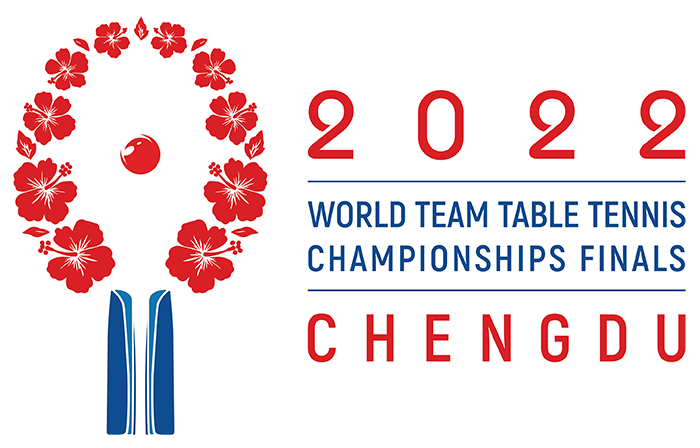
Table tennis is a sport enjoyed by many – from leisurely holiday tournaments through the impressive grand prix circuit to the dizzying heights of international competitions. The world championships held at the end of September 2022 in Chengdu, China, give us the opportunity to bring into focus the eye injuries participants risk during one of the fastest-moving ball games in the world.
Surprisingly, given the sport’s mass global appeal, there is a remarkable lack of studies performed on injuries sustained while playing. Most ball sports carry a risk of blunt eye trauma (with squash the undisputed champion of these injuries – hence its compulsory eye protection). But table tennis consistently falls quite low on the risk table; the sport’s most common injuries are orthopedic and only about one percent of sporting eye injuries caused by balls originate from the table tennis arena (1).
Though the risk of an eye injury from a table tennis ball appears low, the ball is not the only potential source of damage in the game; the racket, table, and other objects in the surrounding environment also pose a risk. One study documents a case of post-traumatic glaucoma in the non-traumatized eye a few weeks after an incident in which a player bending over a table tennis ball hit his head on a metal balk, crushing one eye (2). Reports of glaucoma developing in non-traumatized eyes are extremely rare, and it appears likely that the non-traumatized eye was incidentally diagnosed with primary open-angle glaucoma at the time of the injury – but it’s possible that the injury and subsequent corticosteroid treatment aggravated the condition.
Table tennis played in doubles also presents a hazard. In a sport so fast-moving and with players so close to one another during shots, collisions are virtually inevitable and eye protection is advisable. Even spectators are often quite close to the action – so if you’re in the crowd at Chengdu, make sure you’re ready to block any off-target shots or slippery rackets.
References
- C Biz et al., Medicina, 58, 572 (2022). PMID: 35629989.
- A Vaajanen, A Tuulonen, Medicine, 95, e4411 (2016). PMID: 27495058.
